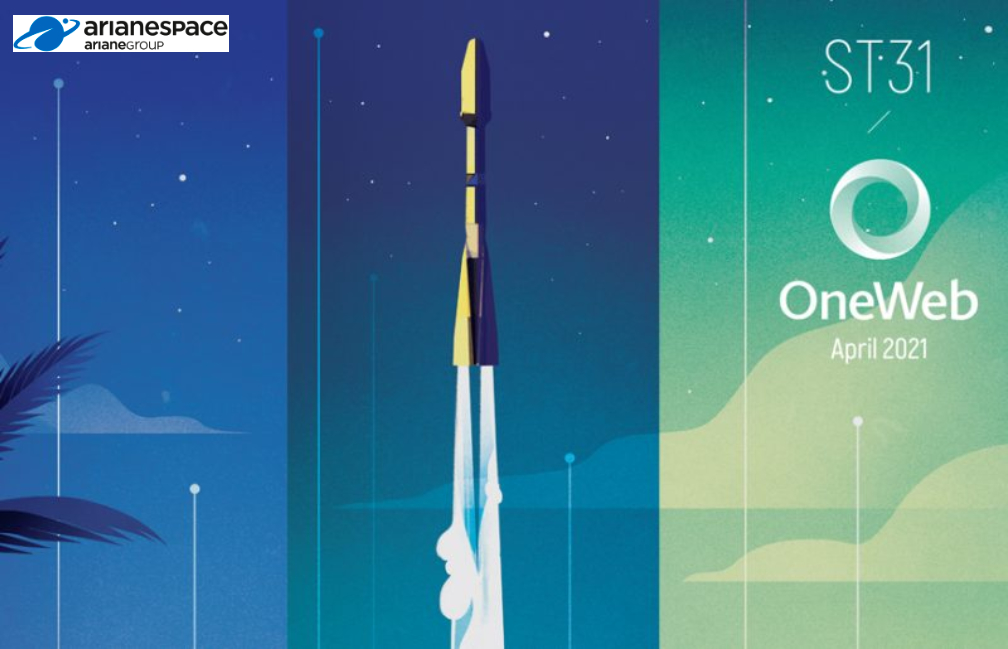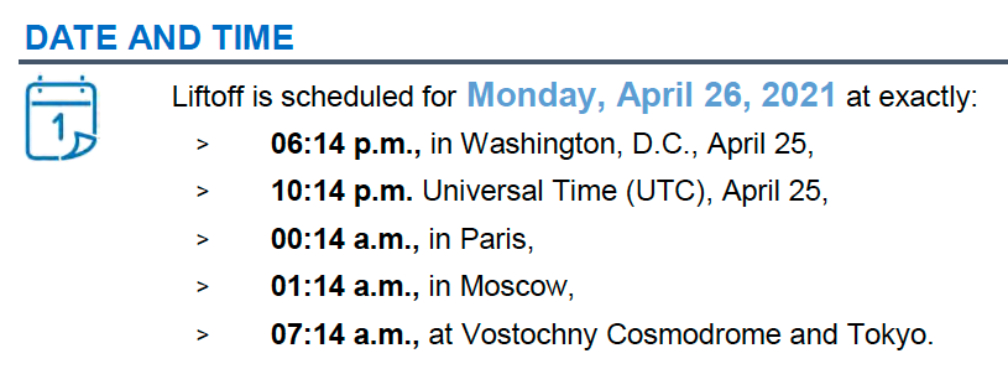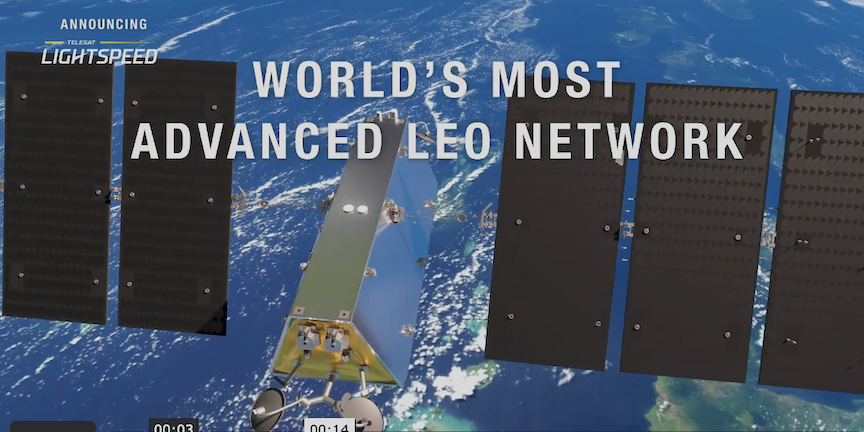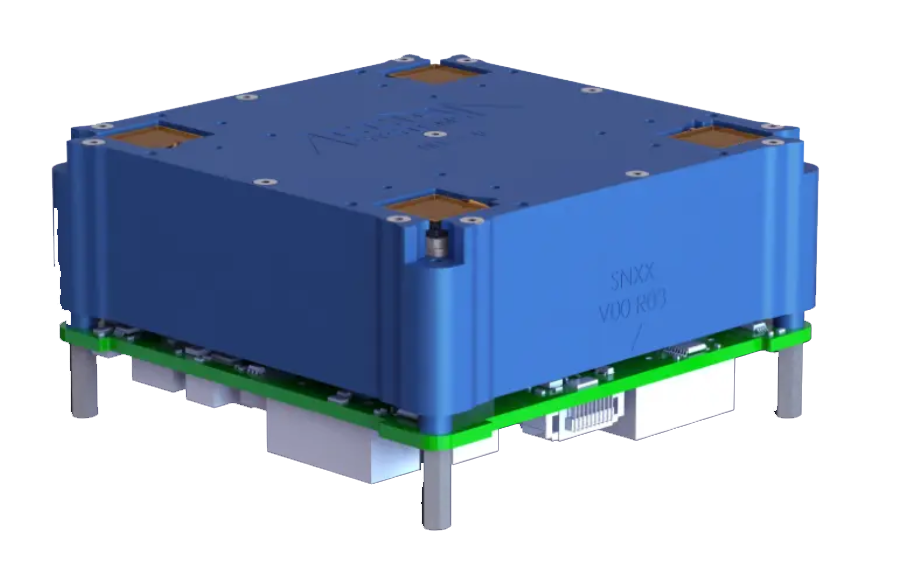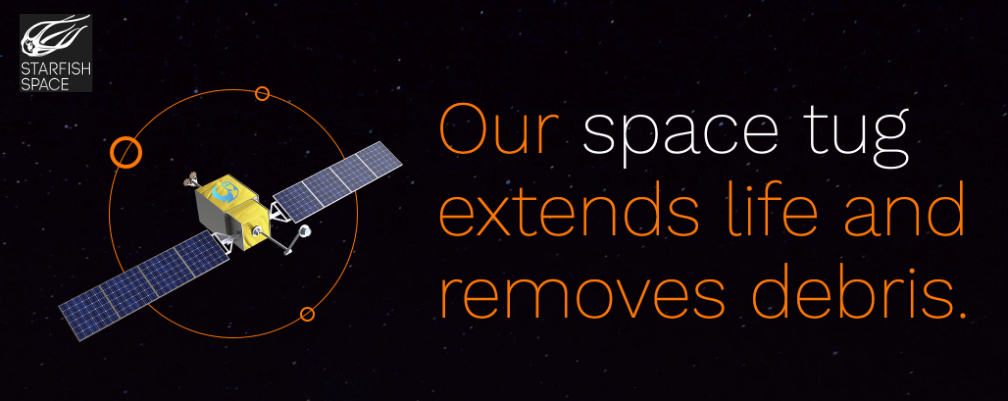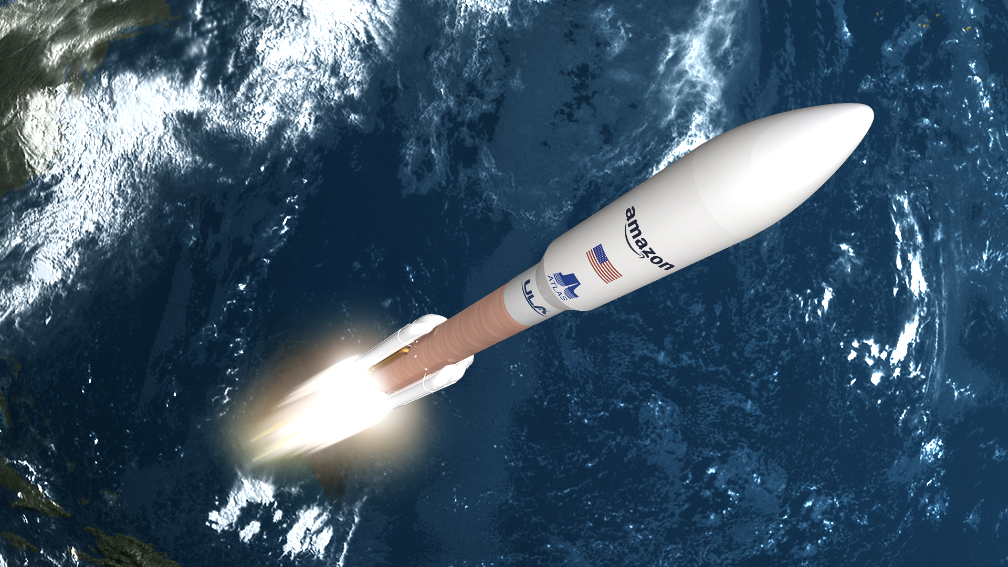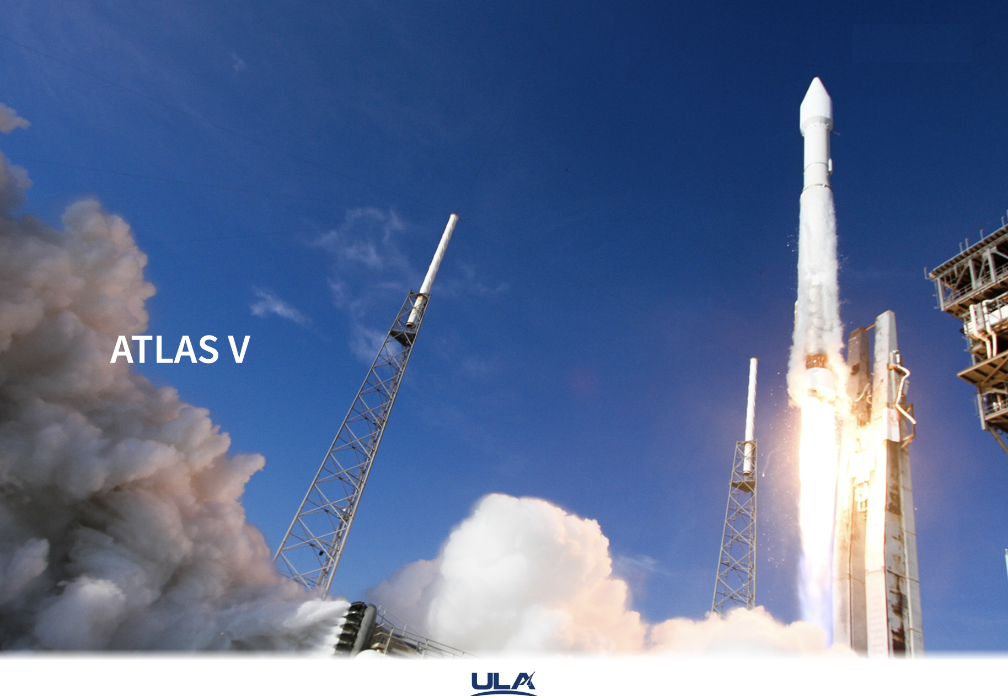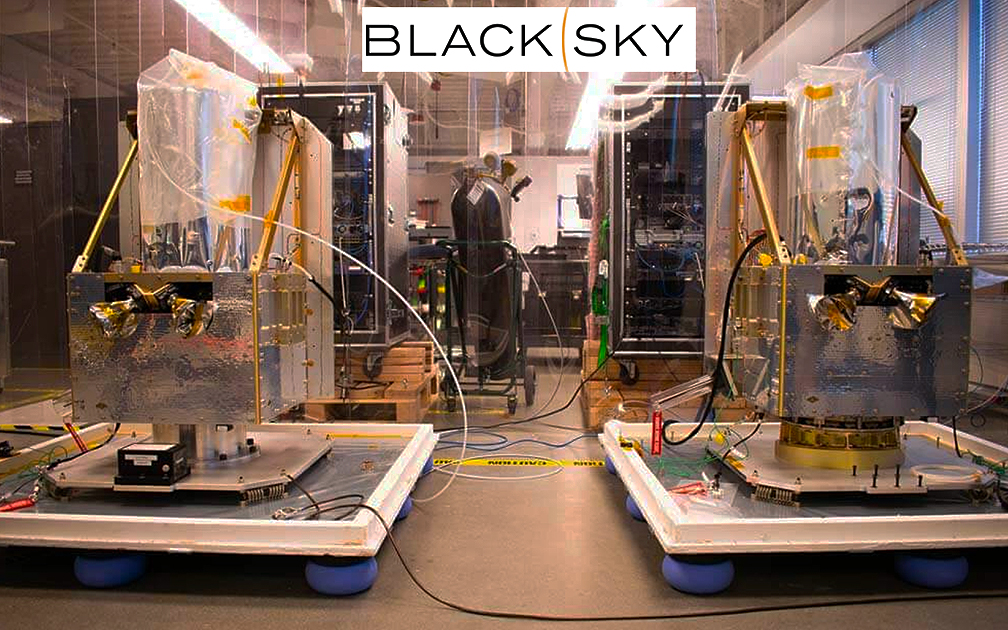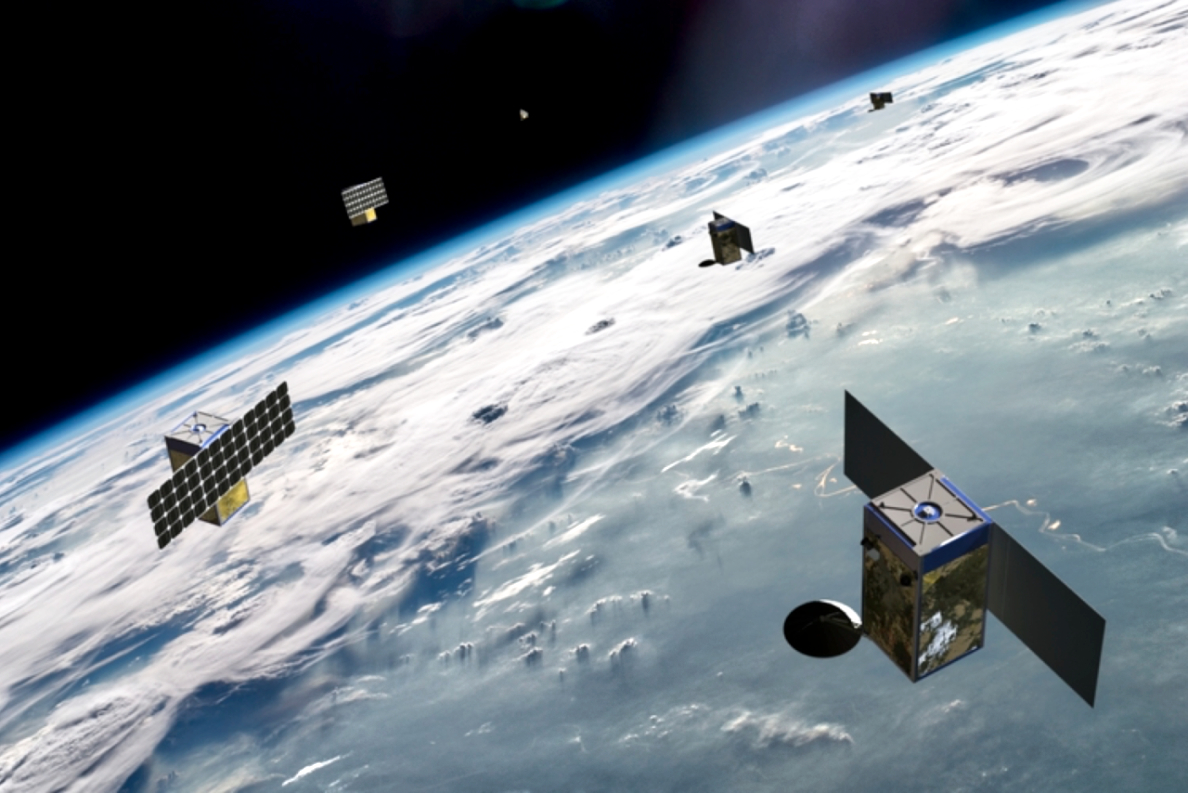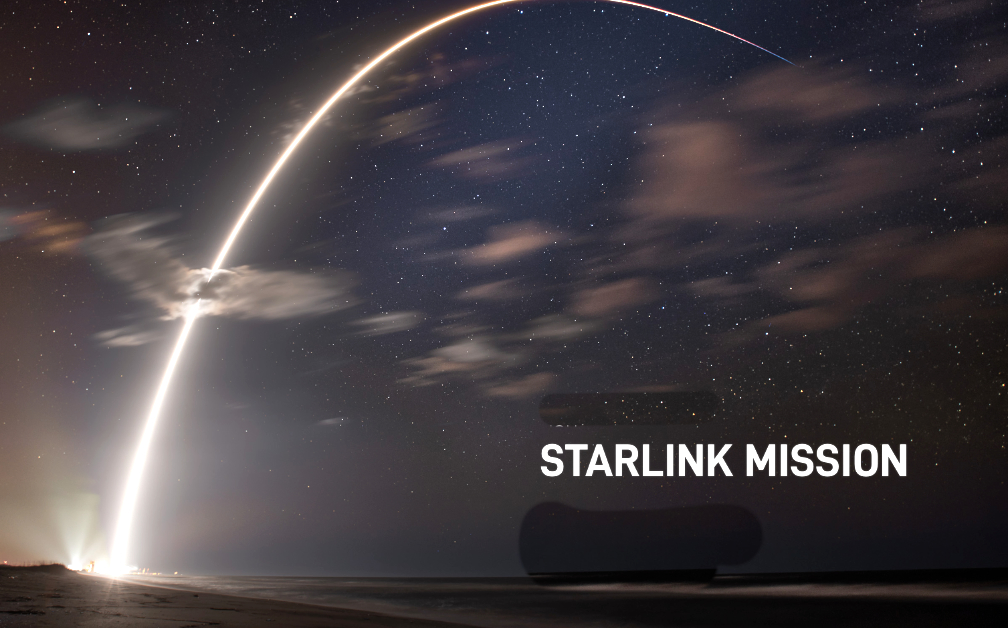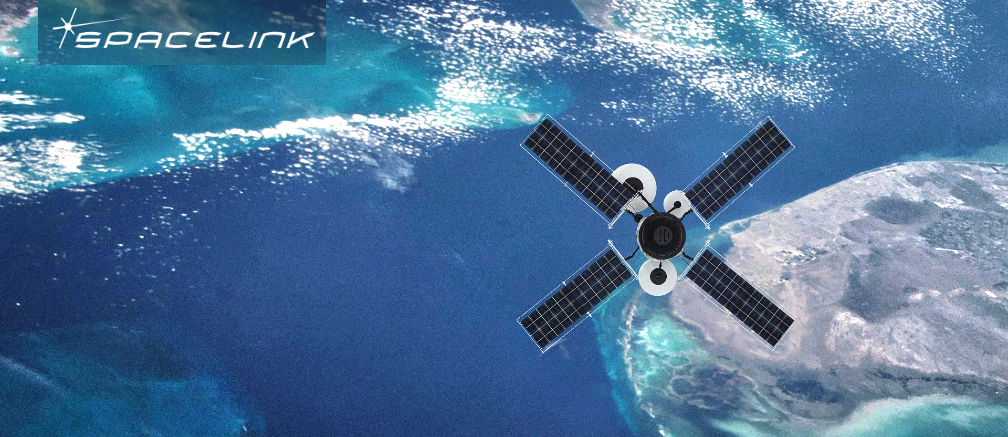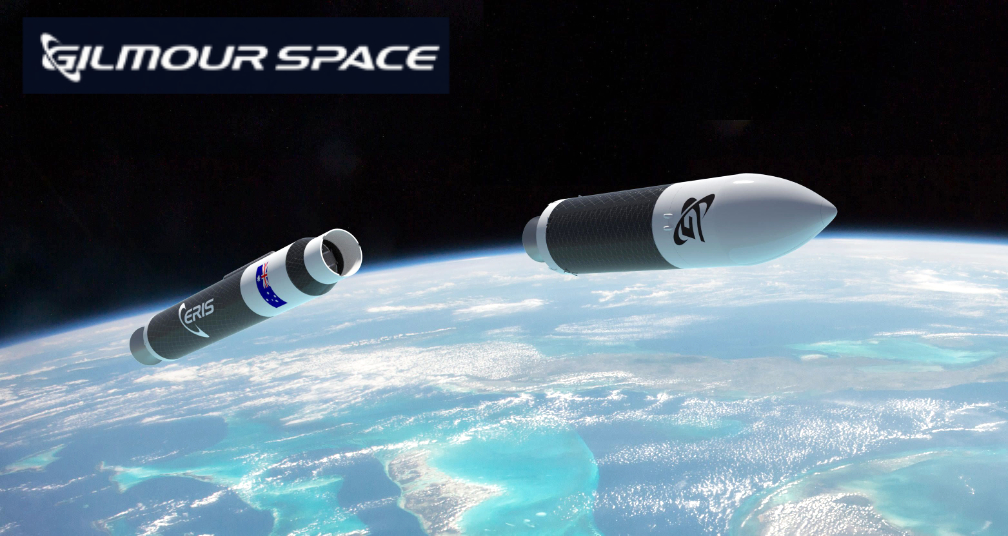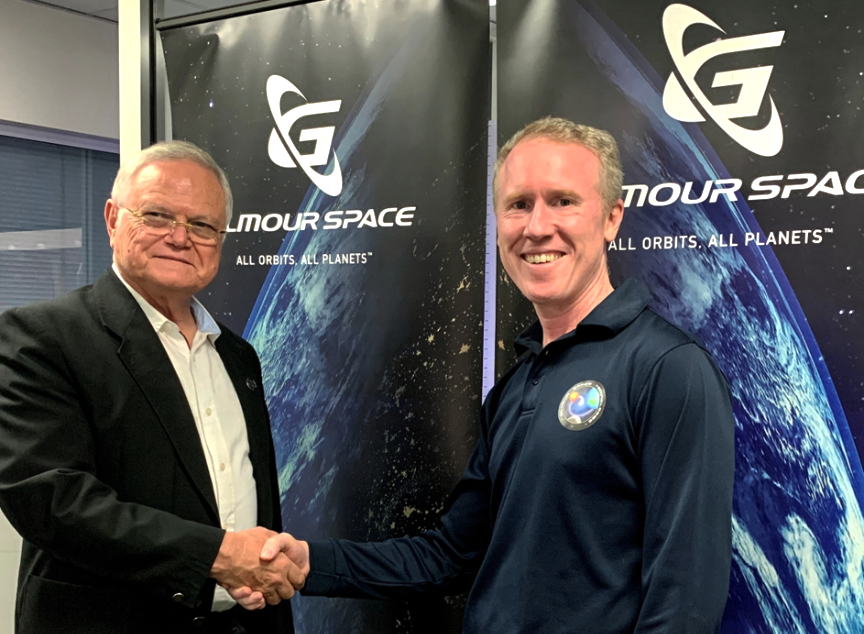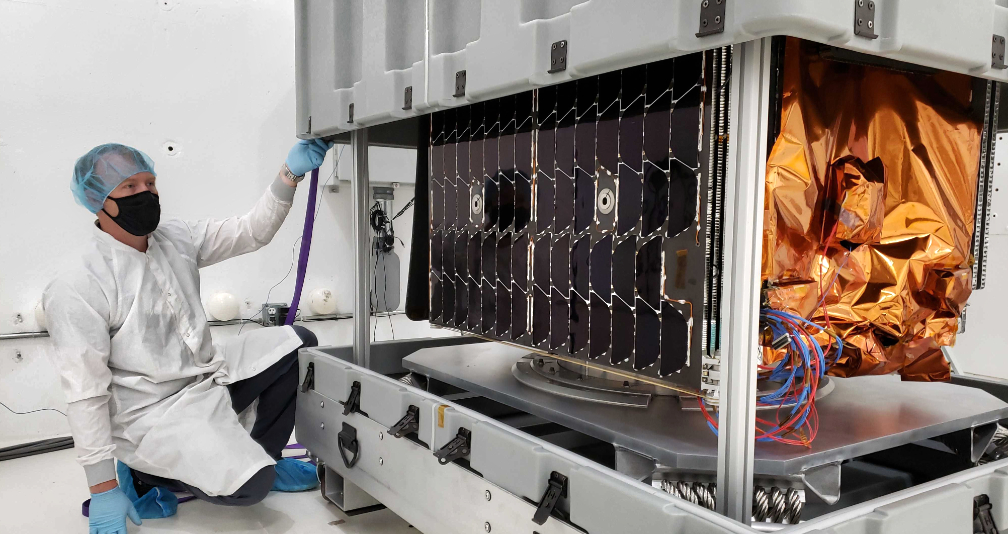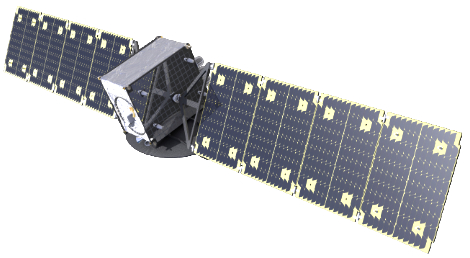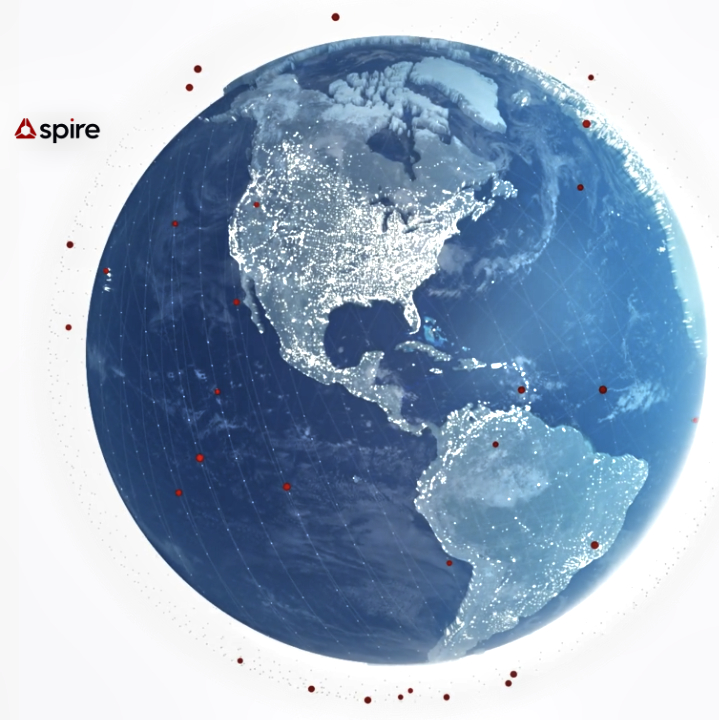
Findus Venture GMBH (“Findus Venture”) and Spire Global, Inc. (“Spire” or the “Company”) will collaborate on their launch of the ADLER-2 satellite in Q4 2022 in a bid to tackle the growing problem of space debris.
This new satellite aims to further enhance orbital debris monitoring in low earth orbit, and expand novel atmospheric sensing capabilities to study clouds and aerosols in the atmosphere. ADLER-2 will be a multi-payload satellite that uses Spire’s LEMUR 6U smallsat platform and will carry three customer payloads:
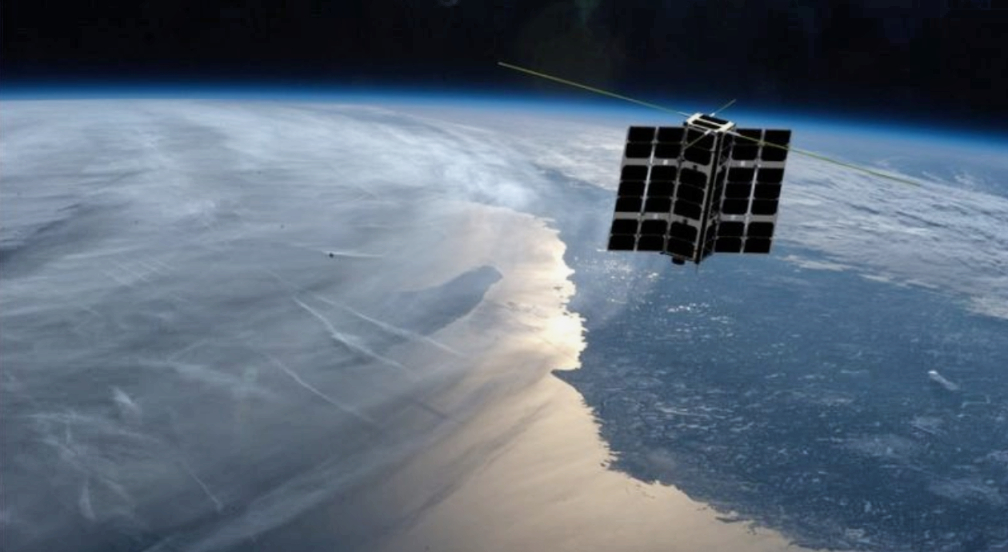
- An enhanced version of an orbital debris tracking radar developed by Spire on behalf of Findus Venture
- An Austrian Particle Impact Detector piezo-sensor developed by the Austrian Space Forum (OeWF), designed to detect debris particle impacts
- The GRASP-Airphoton Multi-Angle Polarimeter (GAPMAP), a wide field-of-view imaging instrument optimised for cubesat technology and designed for accurate and comprehensive measurements of the microphysical properties of aerosol particles and clouds in the atmosphere.
These new observations will perform air quality measurements around the globe and will support estimates of climate change patterns on Earth.
This is the second satellite collaboration between Spire and Findus Venture, following the ADLER-1 mission, which is set to launch into space in December 2021. ADLER-2 is expected to help increase the debris detection rate thanks to use of a debris detection radar with a larger antenna and increased detection range, and also to double the number of observations logged.
Spire will build, launch and operate the satellite, leveraging its radio frequency CubeSat design and manufacturing capability with its satellite tasking, collection, processing, data dissemination, and command and control infrastructure. Spire will also provide the orbital debris radar to Findus, integrate the other sensors, and enable access to all of them via an easy-to-use application programming interface (API).
This agreement between Findus Venture and Spire is based on a flexible subscription model with a monthly payment plan. This model benefits Spire’s customers by reducing high upfront expenditures, enabling predictable service charges distribution, and allowing an easier extension of the service provision beyond the lifecycle of the hardware.
Christian Federspiel, CEO, Findus Venture, said, “It is essential to understand space debris in order to build and operate satellite-based commercial services with service-level agreements. The intention of the ADLER-x series of satellites is to contribute to a deeper knowledge of space debris.”
Theresa Condor, Executive Vice President and General Manager of Spire Space Services, said, “The rapid and substantial growth of space-based activity in recent decades presents us with many opportunities but also significant challenges. Space debris, and the increased risk of collisions between objects, is something we need to manage carefully and as a first step we need to improve our understanding of what is happening and when. The ADLER-2 will join the ADLER-1 in helping us better detect debris and understand what we need to do to solve this challenge. Our business subscription model, evidenced by this second successful partnership with Findus Venture, also means we can work faster and more efficiently, at a lower upfront cost for our clients.”
Spire is a global provider of space-based data and analytics that offers unique datasets and powerful insights about Earth from the ultimate vantage point so organizations can make decisions with confidence, accuracy, and speed. Spire uses a multi-purpose satellite constellation to source hard to acquire, valuable data and enriches it with predictive solutions. Spire then provides this data as a subscription to organizations around the world so they can improve business operations, decrease their environmental footprint, deploy resources for growth and competitive advantage, and mitigate risk. Spire gives commercial and government organizations the competitive advantage they seek to innovate and solve some of the world’s toughest problems with insights from space. Spire has offices in San Francisco, California, Boulder, Colorado, Washington DC, Glasgow, Luxembourg, and Singapore. On March 1, 2021, Spire Global, Inc. and NavSight Holdings, Inc. announced they had entered into a definitive merger agreement for a business combination that would result in Spire becoming a publicly listed company.

